Selling your board game ideas to the publishers is the golden question that an aspiring designer should bear with his/herself all day. Nowadays, board games are going stronger than ever; and every one can become a new coming star in this industry. You can be the next big thing, or just lose the race before the start.
We are going through every step that you need to go through for selling your brilliant ideas and give them a sturdy outlet to shine.
Stay with us to the end so we can narrow down every point you need to know to sell your board game ideas and analyze them in deeper extent.


Need Game Art Services?
Visit our Game Art Service page to see how we can help bring your ideas to life!
Choose the Methodology for Selling Your Board Game Ideas
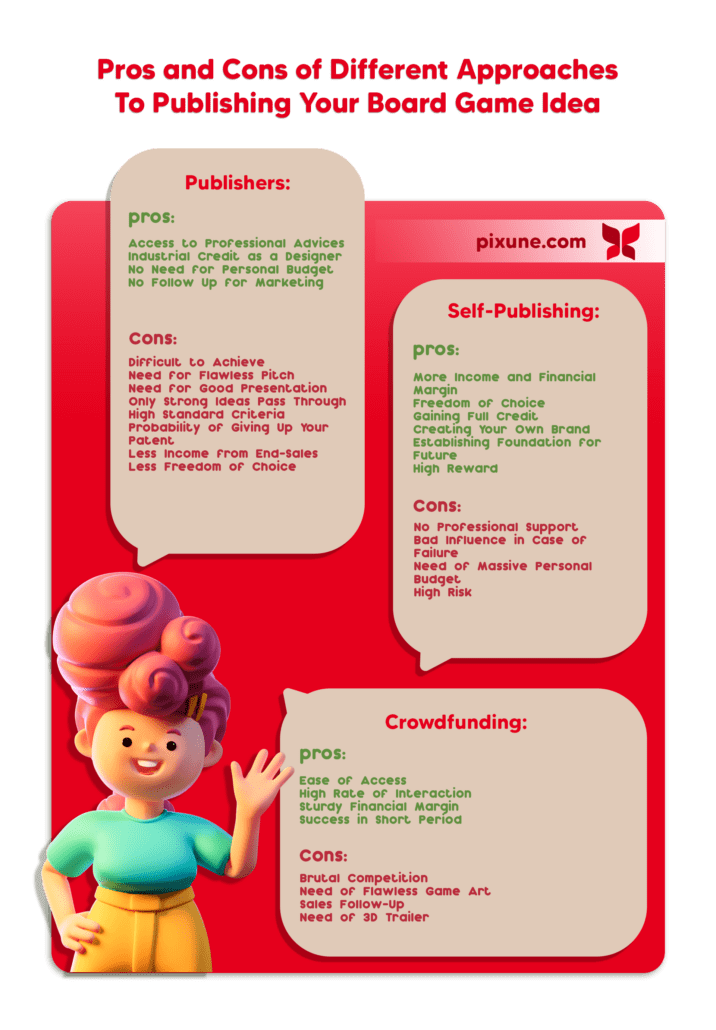
Selling board game ideas is not as easy as it sounds in theory; it is also whole another story compared to methods of video game monetization. There are many ways which you can pick go down that route. With these many routes, doesn’t come easement of choice.
Actually, the variety of market forms leads to complex options which can dramatically change the course of you and your product future success. Let’s check these options thoroughly and analyze them.
1. Become a Publisher and Publish Your Game By Yourself
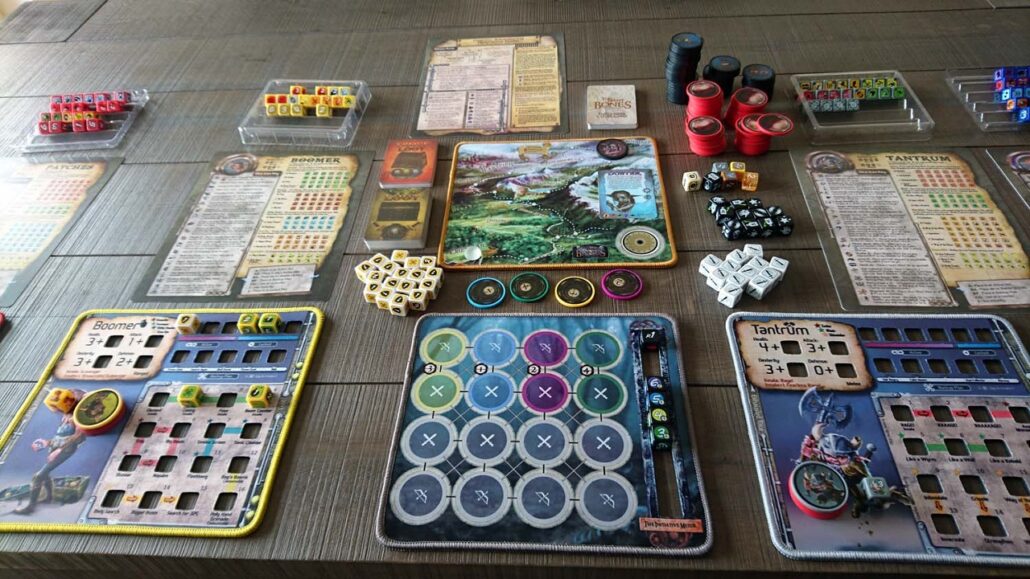
If you are reading this article, you might be a designer and know how to make a board game by now, so why not becoming a publisher too?! After all, you can be your own boss and supporter and you can publish your game how it was intended; as your freedom of act is to your heart’s content.
But, if you are going through this route, you must be aware of downsides as well. There will be no experienced person or team behind your publishing process. Keep in mind a publishing team, how restraining they might be, are the ones whom this subject is their bread and butter and can provide you with valuable advices and points.
Going down this rabbit hole is the most risk and reward path you can choose. If you fail, you are the one who should carry the burden of failure and if you succeed, you take all the glory to your house.
In the case of latter, the profits go straight to your bank account and you can stablish a profitable business on the foundation of your success. If you can make it happen, others will come to you and you can become a global publisher for other people’s games too.
More projects equal more success and more credit for your company and it will snowball rapidly. Albeit keep that in mind they all sound great, they are very dependable. You must be successful or your chances for future success will become narrower than before.
You have to come with your initial budget and overcome any challenges that may come. In a nutshell, the risk and reward are all yours and both of them come in great volume.
2. Choose Crowdfunding For Selling Your Board Game Ideas
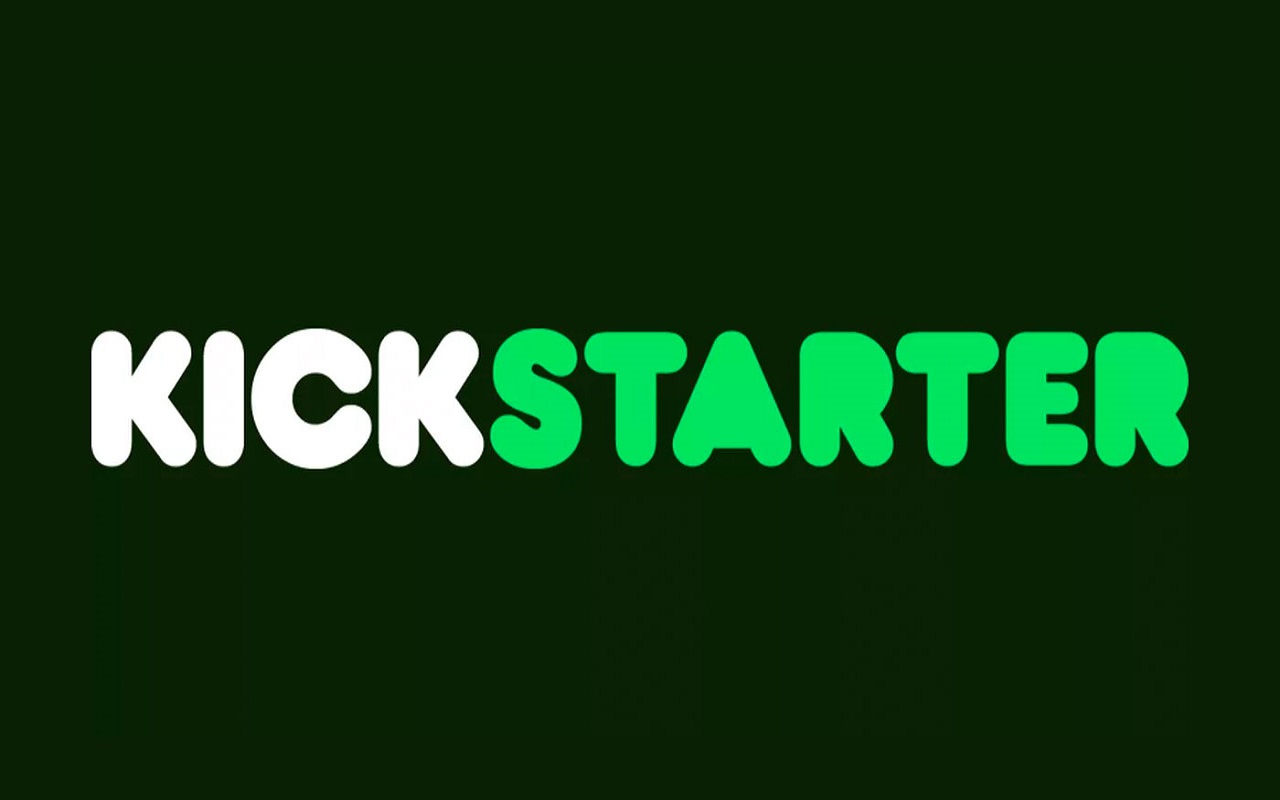
We live in amazing times. Kickstarter and Gamefound are stronger than ever and they are there because of board games; and board games are going stronger because of them.
Crowdfunding has become a standard in board game industry and you can find thousands of projects which are live and up on crowdfunding sites. Your project can go among them as well.
But, being on those sites doesn’t guarantee your success though. Your project must have great strong suits to go toe with toe with those many projects.
People are paying money to buy and back a product, so your product must meet and exceed their expectations. You have to deliver a solid game with good looks. If your game has a narrative design, you need a good character design as well.
In some cases, even looks supersedes the mechanics, but only in crowdfunding cases because the first thing the customer and backer sees is the appearance of your product.
Keep in mind that what I say doesn’t mean that your game shouldn’t have good mechanics or core gameplay is not important, but there have been very successful projects with weak gameplay which owe their success to their products and looks.
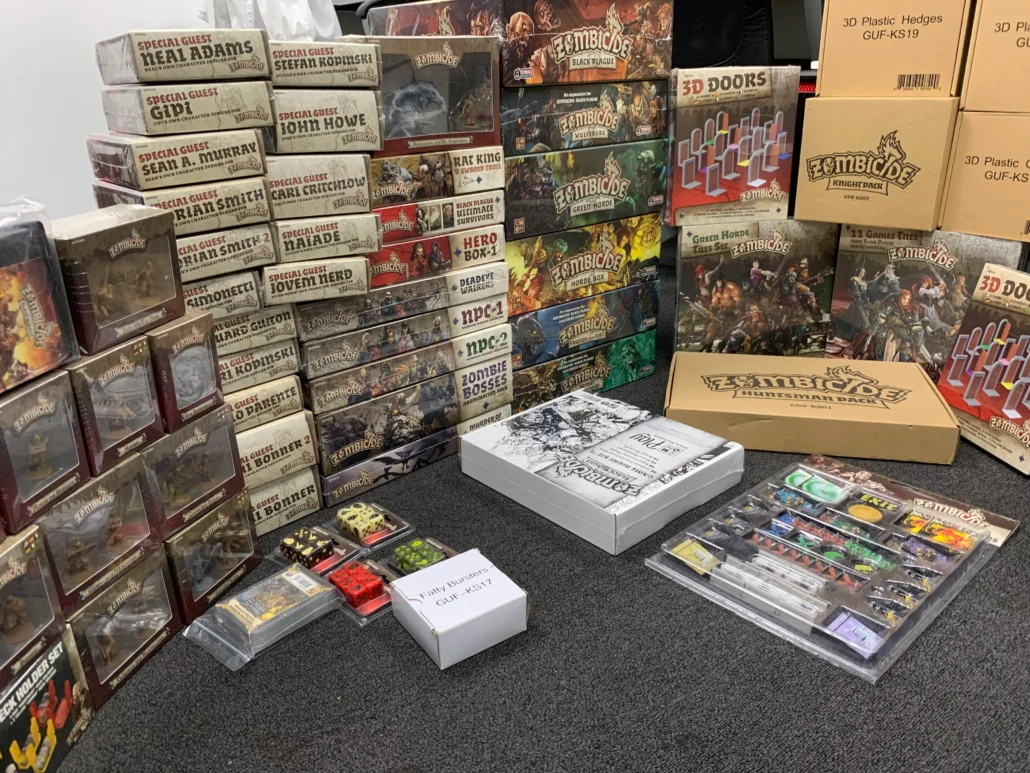
You also need a 3D trailer to represent your product to the viewers; the better this trailer ism the better are your chances of success.
Crowdfunding is at the same time both easiest and hardest approach for you to pursue and to sell your game ideas. You can become a wealthy designer in matter of days, or your project may end up in Kickstarter graveyard and rot alongside thousands of dead projects.
Look at this gorgeous marketing trailer from Ludus Magnus Studio’s Black Rose Wars: Rebirth. Can you imagine how much difference these short clips can make in the course of the crowdfunding phase?
Another point you should take into account is the fact that after publishing your game via crowdfunding sites, you unintendedly will receive a ‘crowdfunding designer’ label and that is a hard route to retrace and become independent again.
We at Pixune Studios are ready to help you with your 2D game art services and create a 3D animation trailer for your project.
3. Selling Your Board Game Ideas to the Publishers
This one is the hardest and most bureaucratic approach for publishing your board game; But it could be the most rewarding professionally. You are approaching professionals who live and breathe board games. They can give you their authentic views on your product.
Although this also means that they are going to change your game and you can’t have that much freedom of choice toward final product.
Sometimes, they buy the idea and patent wholesomely and you might lose your rights to the IP. This doesn’t mean they are taking it away for good, but there is a good chance of you end up with less money and credit than publishing your game via personal brand or by crowdfunding it.
Rewards of publishing your game via a known publisher are great; although not easy at all. If you can go through hard path that is upon you, you will become a ‘published game designer’ who is trusted by a professional publisher.
Being that person means your career officially has begun and has taken a dramatic turn toward professionalism. Now more people know you and even for your future works you can brag about your resume.
In some extreme cases, if your game was a blast and work of wonder, new contracts may come your way by your current publisher or even new ones who approach you.
Before moving on to next section, you can also check this video from Jamey Stegmaier (Designer of Scythe, Euphoria) of Stonemaier Games and learn a thing or two from his valuable lessons.
Establishing Your Attack Plan Toward Approaching A Professional Publisher
As you are dealing with professionals, you have to be one yourself. In the following, I’m going to tell who how to approach them and how to deal with them

1. Prepare for the worst
You might feel that your work is the next big thing; sorry to break it up to you, but there is a good chance that publishers don’t feel the same.
As you send your proposal, you probably will get rejected by a good chunk of publishers. Don’t hold back and strike again! Not the first receptionist is the ultimate one, and keep approaching them.
2. Send the submission email to the right person
If you can’t find the right person when submitting your game to a company, they will be assured that you can’t be trusted to do the right thing when it comes to designing.
Do your homework and find the most suitable person in the company to be the receptionist of your proposal. Marketing manager is your safest best but if there is none (which is unlikely), find the next nearest position in their website.
Avoid sending your work directly to a high-rank person of the publishing team; even if you feel you have designed a perfect game which will be their next big game.
Respect the professional hierarchy as it matters to professionals. Send the email to the right person and wait.
3. Follow up your submission of selling your board game ideas
There is a good chance that some of the publishers don’t respond to you and your submission email. Sometimes it gets lost among hundreds of their daily mails (which can be a result of previous point as well).
Don’t be hasty but you can lose your chance if you forget to follow up as well. Send a follow up regarding your request mail and find out what happened. If they didn’t answer that, there is a chance they are ghosting you.
Being ghosted sucks, but may have some valuable message for you; your product is not ready to be represented to a publisher.
4. Try to meet publishers at workshops or events

Hundreds of annual and occasional board game events are being held globally. There are many publishers who are present at those exhibitions and it is not a bad idea to approach them in real life.
Bring your idea to their representative and ask for their idea and even submission criteria. If they are interested, they will tell you in person and you will omit the online contacting hassle.
In the following table you can see most well-known board game expos and event for future reference:
Board Game Conventions | Location | Attendees | UK Games Expo | Birmingham, UK | ~21,500 |
|---|---|---|
Origins Game Fair | Columbus, OH | ~20,500 |
PAX Unplugged | Philadelphia | ~30,000 |
Essen Spiel | Essen, Germany | ~174,000 |
GEN CON | Indianapolis, Indiana | ~60,000 |
Board Game Geek CON | Dallas, TX | ~4,000 |
5. Pitch professionally

Providing a flawless presentation is as important as having a great idea when we are talking about selling your board game ideas. Know your game and rules by heart and answer publishers’ question patiently and thoroughly.
If presentation is online, choose a comfy and silent location for the time of interview. A little showoff of your board game collection is a nice add-up.
If you have to pitch in person, dress accordingly; don’t overdress and don’t choose just the nerdiest T-shirt you have. They might be appreciated in public or at conventions, but you are dealing with professional businessmen here.
Set a goal for your pitch and deliver what you have to say in a nutshell and give them foresight about future of the project. This is your game and they want to know everything about it, if you don’t have the right idea about it, they might get cold feet very fast.
If you want to add expansions or special add-ons, they should know before-hand and they even may appreciate it as expansions are great source of adding income for a publisher from a single IP.
In A Nutshell
- Choose Your Methodology of Sale: check your options thoroughly and analyze them.
- Become a Publisher and Publish Your Game By Yourself: You can publish your game in a high risk and reward way which is publishing it under your own personal brand.
- Crowdfunding: Crowdfunding has become a standard in board game industry and you can find thousands of projects which are live and up on crowdfunding sites. Your project can go among them as well.
- Selling Your Board Ideas to the Publishers: Rewards of publishing your game via a known publisher are great; although not easy at all. If you can go through hard path that is upon you, you will become a ‘published game designer’ who is trusted by a professional publisher.
- Establishing Your Attack Plan Toward Approaching A Professional Publisher:
1. Prepare for the worst
2. Send the submission email to the right person
3. Follow up your submission
4.Try to meet publishers at workshops or events
5. Pitch professionally
Final Words
Competition is fierce in board game industry but be sure that a good idea won’t go unnoticed. With numerous resources and paths for a designer to publish her/his game, any good idea has a chance to be seen.
It is up to you to choose the best approach toward your game and pitching it. From self-publishing to get aid from professionals, there are many ways for you to shine light on your new product.
We went through each of them thoroughly and you should consider every one of them carefully before choosing your path. I wish I can experience your game in the future and may your games go big!
Are you ready to take your game to the next level with top-quality, captivating visuals with quick turnaround times? We’ve got you covered! Don’t settle for less than the best – Contact us today to help you keep your players coming back for more with superb game art.
Promote and Pitch Your Game in the Best Way Possible With the Help of Professionals at Pixune Studios
No matter which artistic aspect of your project you want to improve, with help of our professional team at Pixune Studios, you can achieve your goal.
We can provide anything artistically for you, your idea, and your dream project; just visualize your visions and we can bring that to fruition.
Contact us through our game art services page and we will get back to you in no time and will be on your side until succession is just a horizon behind us.



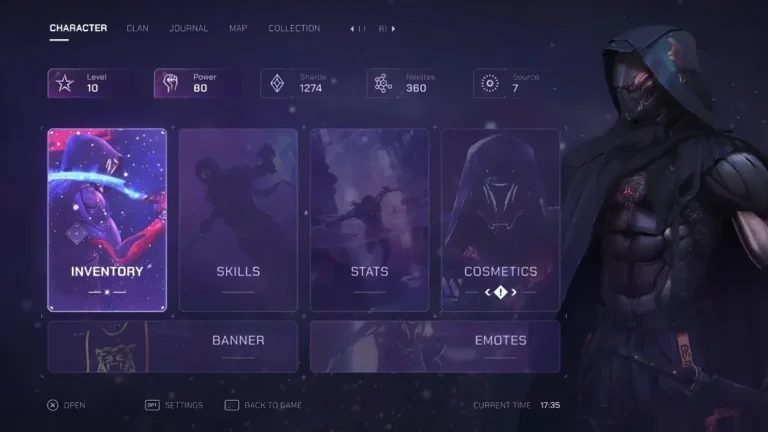

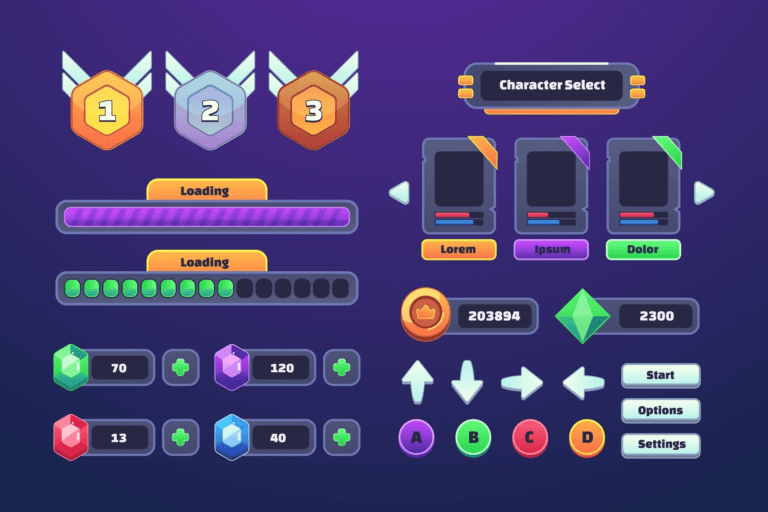
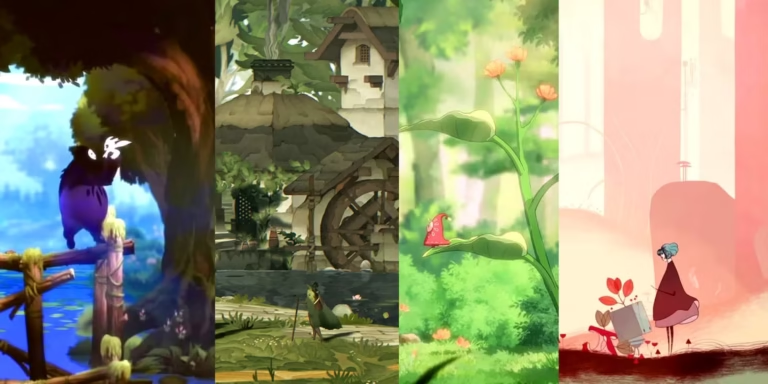


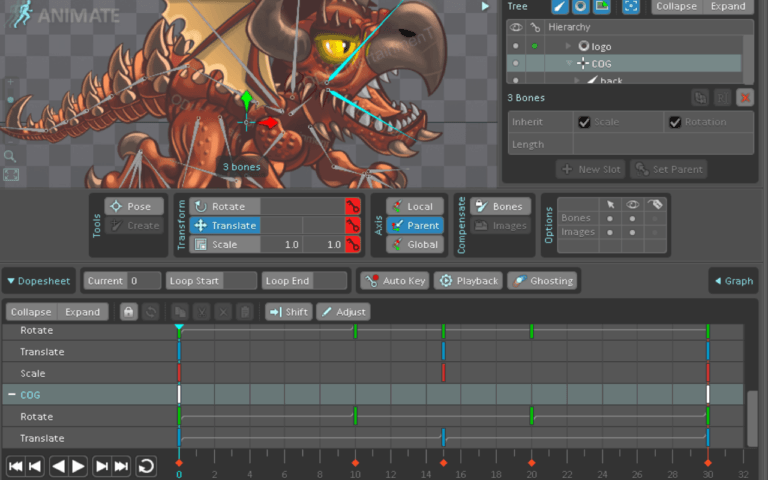



2 Responses
Thank you for the complete breakdown of this subject; although I have a question?
How much will I lose from my sales cut if I want to sell my game via crowdfunding?
Hello Robert, thank you for your kind words. Usually Kick Starter takes around 5% of your total funds and 3-5% of your total fees; that’s in the case if the project succeeds, if it fails, there will be no charge.